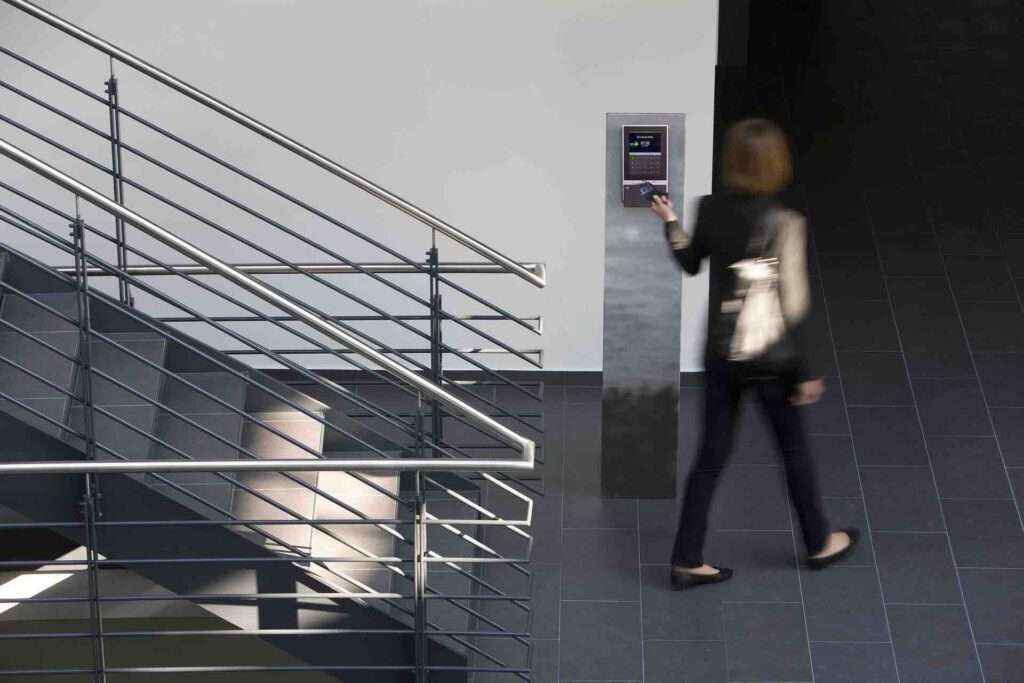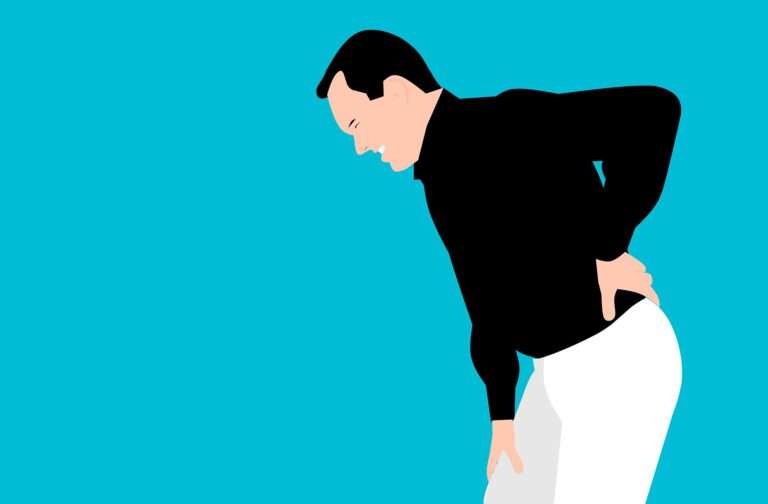The decision (judgment of May 04.05.2022th, 5, Ref.: 474 AZR 22/14.05.2019) is the final point in a series of decisions on the subject of working time recording, which came with the ECJ ruling of May 55th, 18 (ref.: C-2019/402 ECLI: EU:C:24.09.2020:2) began. Not only due to this ECJ decision, but also in particular due to two decisions by the Emden Labor Court (see only judgment of September 144, 20, Ref: XNUMX Ca XNUMX/XNUMX), many companies were subsequently unsettled. This uncertainty is now over, but a further decision by the Federal Labor Court is taking place September 13.09.2022, 1 (Az: 22 ABR 21/XNUMX) raises many questions for employers.
1. FACTS
In the proceedings, the parties disputed the remuneration of overtime and also the question of the extent to which this overtime was initiated by the employer.
The plaintiff worked for the defendant company as head of internal sales/management assistant. Out of court, he claimed compensation for a total of almost 250 hours of overtime from the employer. The plaintiff employee had made a tabular list for each working day that recorded individual overtime hours. He also explained why the overtime was necessary to complete the tasks he was responsible for.
The lower courts had partially dismissed the lawsuit.
2. DECISION
The plaintiff employee was successful in his appeal to the Federal Labor Court. As usual, the Federal Labor Court derives the plaintiff's claim. If the remuneration for overtime is neither positively nor negatively regulated in the employment contract, it will be adjusted accordingly § 612 para. 1 BGB. Based on this, in the case to be decided, there was an objective expectation of remuneration on the part of the employee for overtime pay. In addition to this expectation, the right to overtime requires that the employee has performed work to an extent that exceeds the agreed normal working hours and that the employer also causes the employee to work overtime or at least that this is attributable to him. The employee's presentation met these requirements. The state labor court saw things differently and therefore partially dismissed the lawsuit.
The Federal Labor Court also points out in the decision that the ECJ decision (see above) is only relevant to the area of EU occupational health and safety law. However, this decision gives neither reason nor legitimacy to change the case law of the Federal Labor Court on the burden of presentation and proof in overtime proceedings, contrary to national procedural principles.
3. CONCLUSION
The decision is positive because it brings back legal certainty. In the overtime process, the general principles regarding the distribution of the burden of presentation and proof continue to apply. The latest decision of the Federal Labor Court of September 13.09.2022, 13.09.2022 (see above) will change this. However, it remains exciting to see what requirements the Federal Labor Court places on the employer's obligation to record the working hours of its employees. The extent to which trust-based working hours and other flexibility models can continue to exist in the future remains unclear (at least until the decision of September XNUMX, XNUMX is published). We will then take up the topic again and then deal specifically with the question of what obligations apply to the employer with regard to working time recording.








